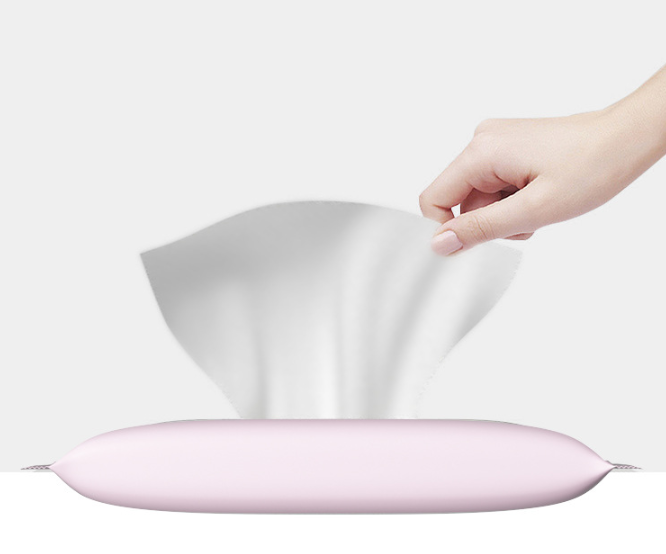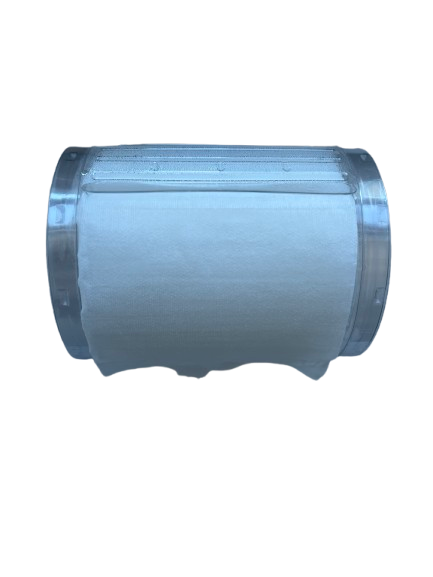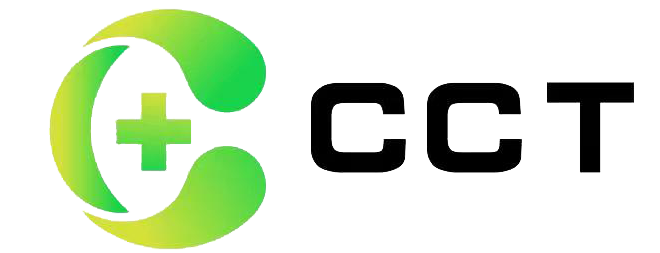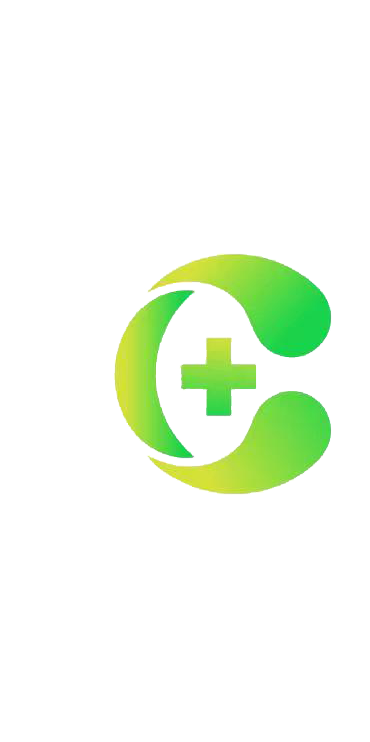In recent years, toilet wet wipes has gone from being a standard bathroom fixture in Japanese and Korean homes to a hot-selling item in supermarkets around the world, thanks to its advantages of “cleaner” and “gentle and non-irritating.” Data shows that the domestic toilet wet wipes market will exceed $5 billion by 2025, and more and more people are starting to try this new cleaning method. However, when searching for “toilet wet wipes pitfalls” on a certain social platform, you can still see complaints such as “flushing the toilet clogs the pipes,” “private allergies,” and “stickiness after wiping.” There are actually many things to pay attention to when using toilet wet wipes correctly. As a health blogger who has been deeply involved in the personal care field, I will teach you how to use wet toilet wipes from “knowing how to use” to “using it well.”


I. 3 key preparations before use
(1) Choosing the right product is the first step
There are two main types of toilet wet wipes on the market: ordinary toilet wet wipes and flushable toilet wipes. The biggest difference between the two is the material: ordinary toilet wet wipes is mostly made of chemical fibers such as polyester and polypropylene, which are tough but not easy to decompose; flushable toilet wet wipes uses spunlace non-woven fabrics or bamboo fibers, which can disperse quickly in water. It is recommended to give priority to products marked with “Energy Drainage Association (EDANA) certification”. This type of toilet wet wipes has been tested to decompose within 3-5 minutes, reducing the probability of toilet clogging by more than 80%.
(2) Check the “expiration date” before opening.
Many people ignore the shelf life of toilet wet wipes: the unopened shelf life is usually 2-3 years, but it is recommended to use it within 30 days after opening. The “sealing sticker design” on the packaging is very important. Inferior stickers may cause water loss. It is recommended to choose a style with a “double lock”. In actual tests, it can increase the water retention rate by 40%.
(3) Test in advance for special groups.
People with sensitive skin, pregnant women or anorectal diseases should take a wet wipe the size of a fingernail and stick it on the inside of their wrist for 24 hours before first use. According to data from the hospital’s dermatology clinic, 82% of toilet wet wipes allergy cases are caused by ignoring the “skin tolerance test” and directly using it on a large area.
2. Golden Wiping Rule: Different scenarios are more scientific
(1) Cleaning after defecation: Master the “3-second wiping method”
Correct steps: ① Use a dry paper towel to wipe away solid dirt first (avoid wet wipes from direct contact with large amounts of feces, which may cause bacterial spread)
② Take a piece of toilet wet wipes, fold it in half, and gently wipe from the urethra to the back of the anus (women must follow the “front to back” principle. Gynecologists point out that wiping in the opposite direction will increase the risk of E. coli infection in the urethra by 3 times)
③ If there is residual moisture after wiping, gently press it with a dry paper towel to dry it (do not rub back and forth to prevent damage to the anal mucosa) Note: Patients with hemorrhoids are recommended to choose soothing wipes with chamomile and aloe vera essence. When wiping, control the strength to the degree that “the skin texture can be seen clearly without deformation” to avoid irritating the hemorrhoids.
(2) Daily cleaning: These scenarios are more suitable for women.
During menstruation: Menstrual blood easily adheres to the folds of the private parts. Gently wipe with toilet wet wipes from both sides of the vulva to the middle, which can remove 99% of the blood stains. It is more thorough than simply rinsing with water (the effect is better when combined with warm water).
Cleaning after exercise: Wipe sweaty areas such as the armpits and groin with wet wipes in the direction of the pores to reduce the odor caused by sweat (it is recommended to choose a style with added silver ion antibacterial ingredients, with an antibacterial rate of 99.9%).
Baby care: When wiping the buttocks of infants and young children, fold the wet wipes twice to increase the thickness to avoid scratching the skin with nails. It is recommended to choose a baby-specific style that is alcohol-free and fragrance-free, with a pH value controlled in the weak acid range of 4.5-5.5, close to the acid-base environment of the baby’s skin.
(3) Taboos on cleaning special parts
⚠️ Male scrotal wrinkles: It is recommended to gently wrap and rub with wet wipes to avoid pulling the skin;
⚠️ Postoperative wounds/ulcers: Do not use any toilet wet wipes! Rinse with saline and follow the doctor’s instructions for care;
⚠️ Pet cleaning: The preservatives contained in human toilet wet wipes may irritate the pet’s mucous membranes, so you need to buy pet-specific wet wipes.
III. Post-use treatment: Determine whether you are “harming yourself and the environment”
(1) Can you flush the toilet? Look at these two signs
Look for the “Flushable” international certification icon (commonly seen as EDANA and INDA standards). This type of product must meet strict indicators such as “longitudinal tear strength ≤15N within 2 minutes” and “dispersion rate ≥90% within 60 minutes”
Please throw wet wipes without a flushable logo into the trash, regardless of whether the merchant advertises “soluble in water” or “soft and easy to decompose”! A sewage treatment plant in a second-tier city found that non-flushable wet wipes accounted for 37% of pipe blockages, far exceeding feminine products and paper towels.
(2) The “3 Don’ts” Principle for Correct Toilet Flushing
→ No more than 3 wipes at a time: Even with flushable wet wipes, flushing more than 5 wipes at a time may cause them to accumulate in the elbow
→ Do not use with other debris: When flushing wet wipes, do not throw away cotton swabs, hair, and other fiber items at the same time. Mixing and entanglement will cause blockage
→ Pay special attention to old residential areas: For houses over 15 years old, the inner wall of the sewer pipes may be scaled. It is recommended to throw them all into the trash can.
(3) Tips for environmentally friendly disposal
Used wet wipe packaging is made of PE composite film and cannot be recycled directly. It is recommended to cut open 5 wipes and put them in the “other garbage” bin; when purchasing, give priority to “degradable packaging” products. This type of packaging uses PBAT+PLA material and can be decomposed into water and carbon dioxide after 180 days of burial in the soil.
IV. Pitfall Avoidance Guide: Have you fallen for these misunderstandings?
Myth 1: toilet wet wipes can replace washing with water.
Truth: For patients undergoing surgery for perianal abscesses, anal fistulas, and other conditions, toilet wet wipes should only be used as an auxiliary cleaning aid. Sitz baths at 38-40°C (warm water, 38-40°C, is still necessary) (medical guidelines clearly recommend professional washing 2-3 times daily). In daily use, toilet wet wipes has three times the cleaning power of dry paper towels, but it cannot completely remove greasy dirt. Washing with a mild body wash 1-2 times per week is recommended.
Myth 2: The wetter the wet wipe, the better.
Truth: Wet wipes with excessive water content (>50g per sheet) are prone to dripping, which can actually spread dirt when wiping. High-quality wet wipes should have a water content of 35-45g to ensure cleaning power while avoiding the awkward “dripping” effect. When purchasing, pinch the wet wipe diagonally and observe for 10 seconds to see if any liquid seeps out.
Myth 3: Children can use adult wipes freely.
Truth: Adult wipes commonly contain preservatives such as benzalkonium chloride (complying with national standards of ≤0.1%). Long-term contact may irritate children’s delicate skin. We recommend using preservatives specifically formulated for children over 3 years old. The ingredient list should list “preservatives” as “none” or contain milder ingredients such as “sodium EDTA.”
V. Advanced Usage: Get 120% More Effectiveness from toilet wet wipes
For Travel: Choose individually wrapped 5-10 sheets to avoid contamination from repeated opening and closing of larger packages. After use on high-speed trains or airplanes, remember to check if the restroom has a “Flushable” sign. If not, dispose
of all items in the “waste bin.”
Summer Cooling Tip: Store toilet wet wipes in the refrigerator (not the freezer!). Wipe after exercise for quick cooling and soothing relief, with a cooling effect that lasts over twice as long as regular wipes (use with caution for those with sensitive skin).
For even more effective results, use a combination of toilet wet wipes and dry wipes: First, clean with toilet wet wipes, then pat dry with a dry paper towel. This method delivers 60% greater drier results than using wet wipes alone, making it ideal for the rainy season.
7. Where to Buy High-Quality Flushable Toilet Wet Wipes in Bulk? Clean Concept Nonwoven – China Factory Direct
- 100% Tencel spunlace nonwoven
- Biodegradable plant-based fiber
- Flushable & sewer-safe
- Balanced moisture level – dries in 7 seconds
- No alcohol, fragrance, or harsh chemicals
- Safe for sensitive skin
Wholesale & OEM available:https://www.topnowoven.com/product/flushable-toilet-wipes-roll/



